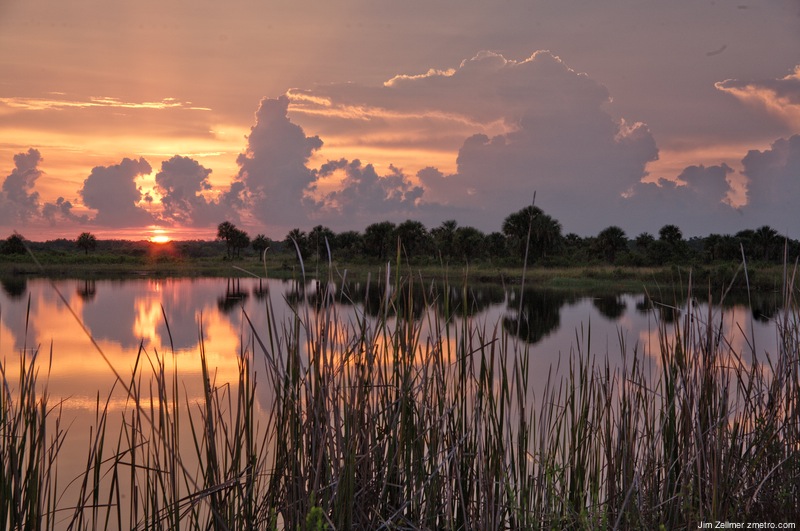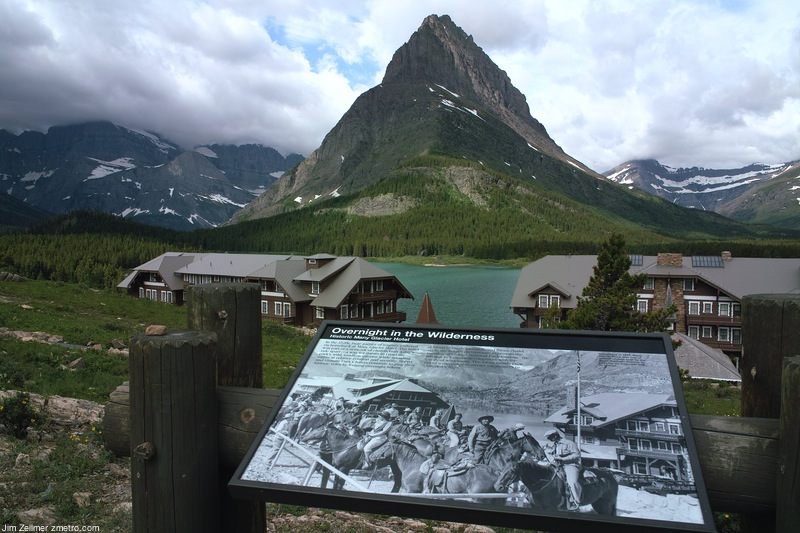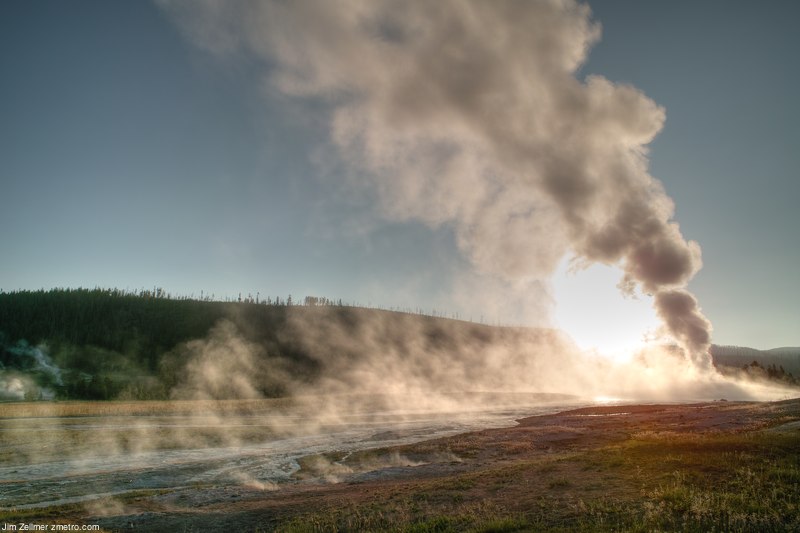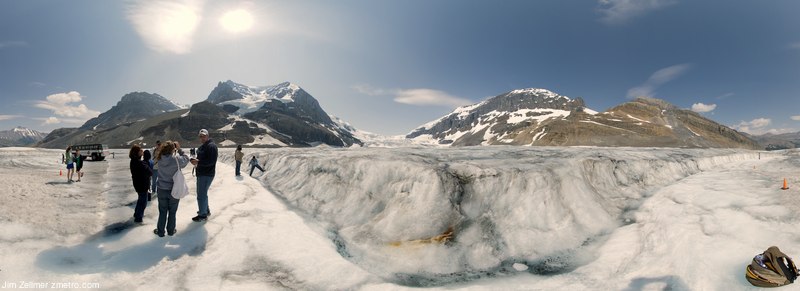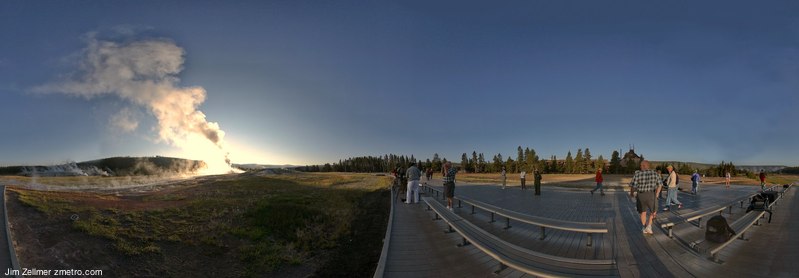A failure to communicate between Monticello and TDS Telecom, its chief phone and cable provider, is threatening to short-circuit plans to make the city one of the most wired communities in the nation.
Both Monticello and TDS Telecom are constructing multi-million dollar fiber-optic networks that will directly connect to every home, office and business in the city.
When the networks come online in the next year or so, they would be among only about 45 in the country that provide such connectivity.
But Monticello — a city of about 11,000 in northern Wright County — also may be the only locale where the public and private sectors are competing so directly for paying customers.
The acrimony from such direct competition has led to the filing of what may become a precedent-setting lawsuit by TDS questioning whether municipalities can use revenue bonds to create fiber-optic networks.
Fascinating. It’s not like TDS is building fiber to the home here. We’re stuck with (and continue to pay for) nearly century old copper networks. Much like roads, I believe that public fiber networks (open to any player) make sense, particularly when there is no evidence that the incumbent telcos plan to upgrade their infrastructure.
